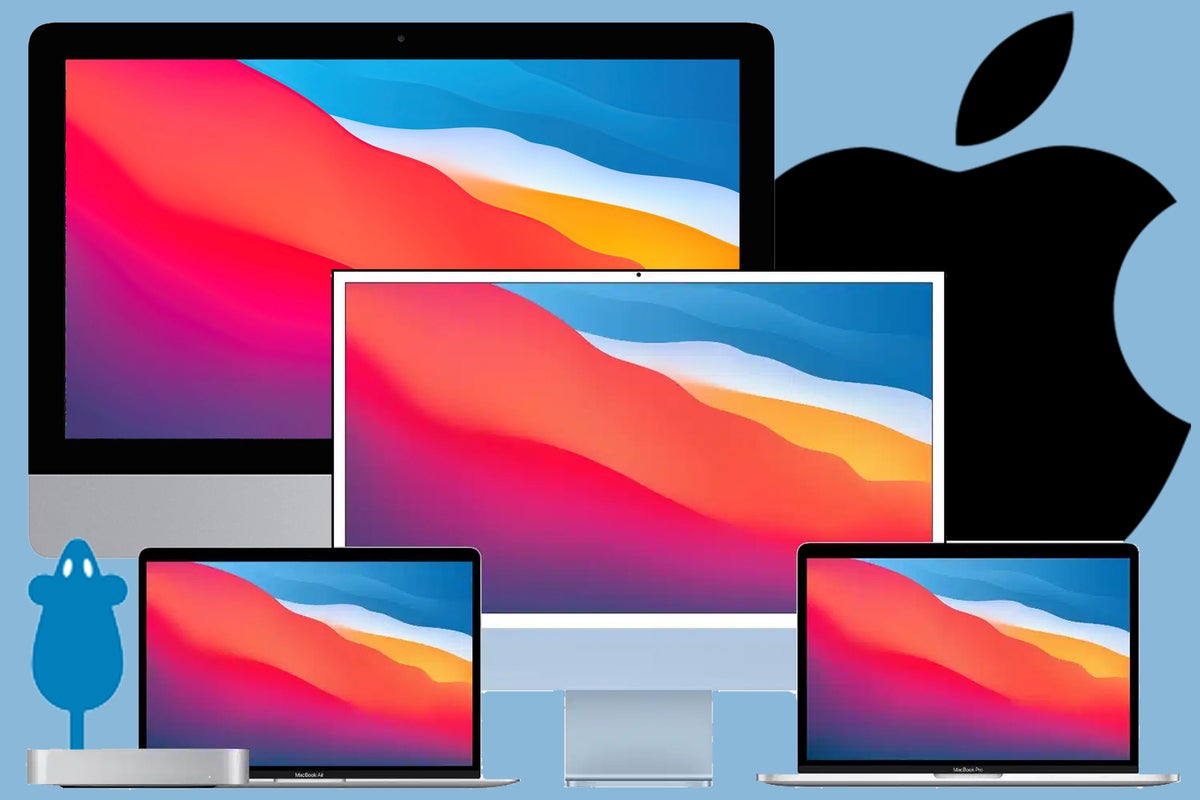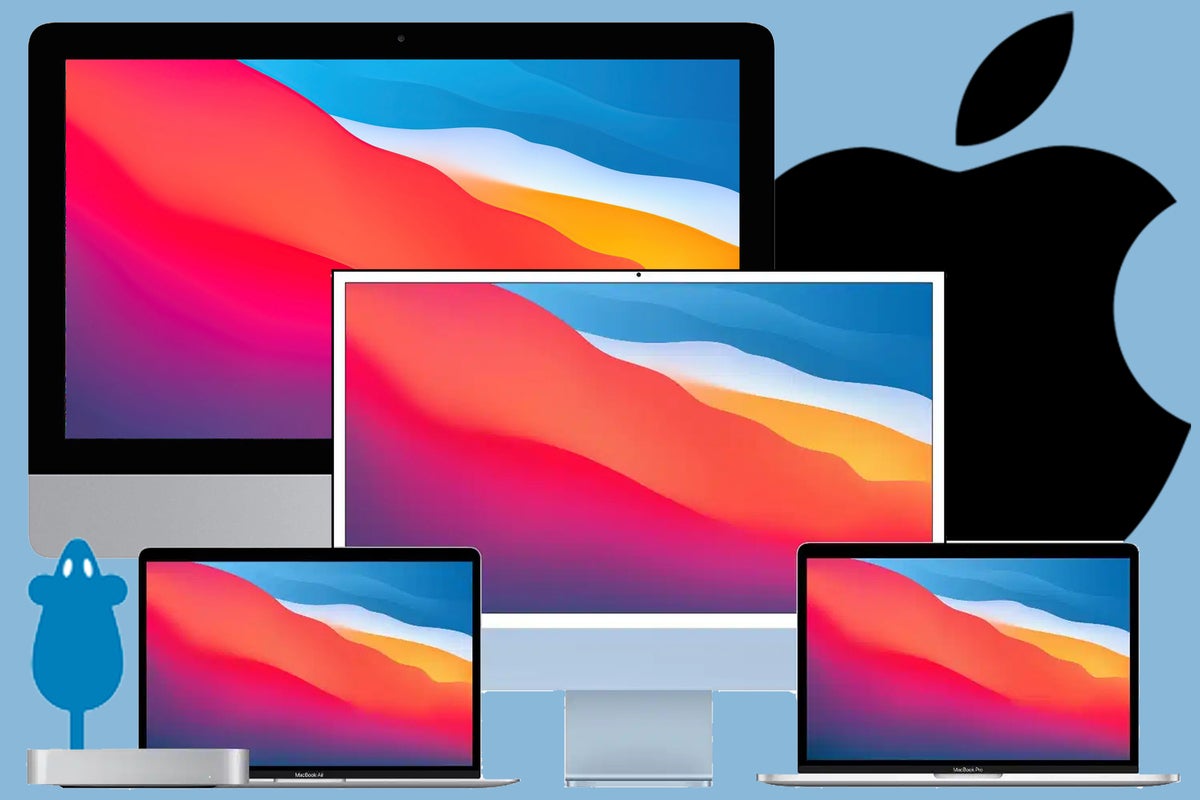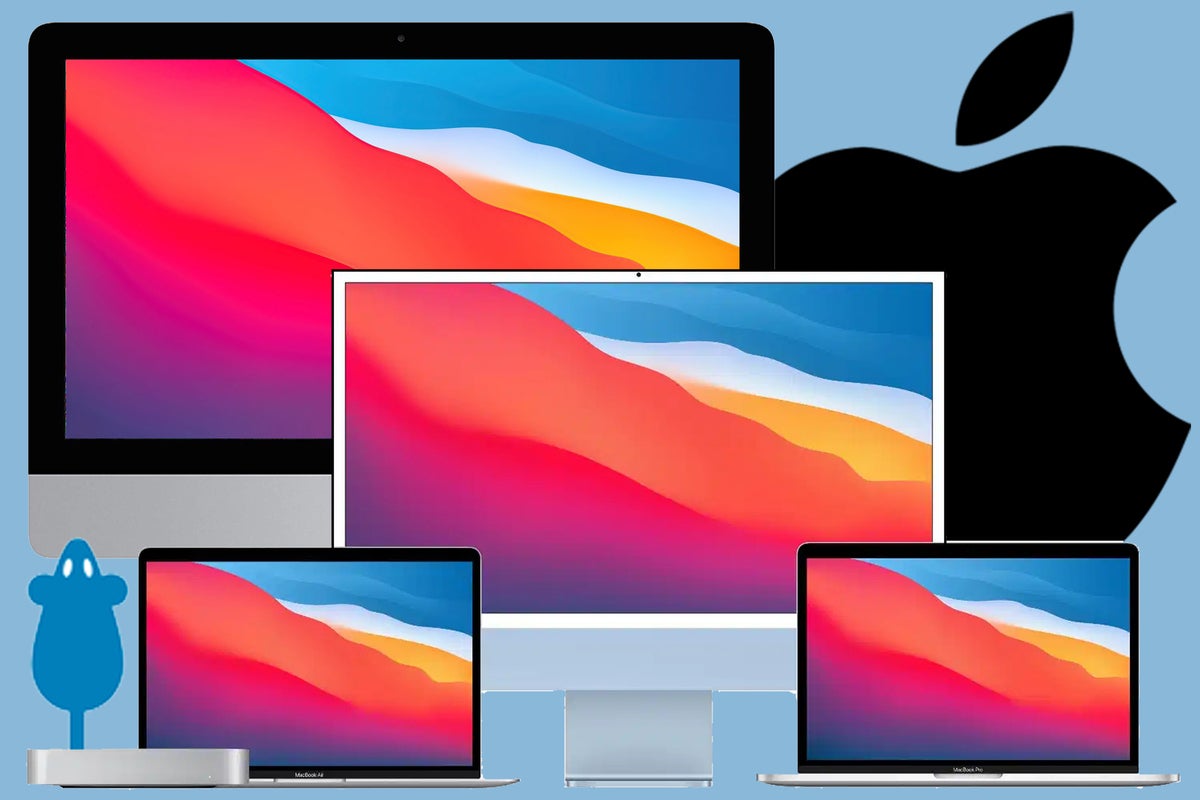
The supply chain crisis has officially come to Apple, trimming an estimated $6 billion off the company’s record Q4 sales. Analysts had anticipated quarterly revenue of $84.8 billion, but Apple returned $83.4 billion. It is worth noting, however, that this was still a new Q4 record.
What’s going on with the supply chain?
The company acknowledged the headwinds during its Q4 financial analyst call on Thursday. Apple CEO Tim Cook described three prongs to the problem: COVID-related disruption to the supply chain, increased freight costs, and silicon shortages — particularly of “legacy nodes.”
The company also warned that the challenge will continue into the current quarter, prompting some investors to sell on the news, while others saw a buying opportunity. After all, despite the haircutcApple still achieved record revenue across all its markets and product families.
The impact of all these factors is that $6 billion shortfall between what Apple says it could have sold, and what it did achieve; the company expects to endure a similar impact in the current quarter.
At the same time, Cook pointed out that demand for Apple’s products is growing dramatically, which means it is ramping up requests for the components to put inside them. “It’s just that the demand is so robust that we envision having supply constraints for the quarter,” he said.
Cook offered what he called an “overly simplistic” explanation of some of the roots of the chip supply crisis. When the pandemic struck, many in the industry thought it would reduce demand for tech products, which drove them to reduce the quantity of components they ordered in. Production declined as a result.
[Also read: Q&A: Cisco’s Jeetu Patel on Apple, Webex, and the hybrid enterprise]
But what happened was that demand in many cases increased dramatically, creating a shortage of essential components. The industry hasn’t yet been able to catch up. Power supply, coronavirus restrictions, labor shortages, and so on have all contributed to the situation in which many companies are now competing for limited supply of those legacy nodes.
What Apple can do about it
Apple is working to mitigate these problems. It has reduced lead times “so that when you get a chip off of a fab as quickly as possible, it’s in a product and shipping.” The company is also helping increase yields and working on more strategic approaches, such as advocating for the CHIPS Act.
But since no one can predict the impact of COVID-19 on all markets over winter, it has become difficult to figure out how economies will perform in 2022. So demand remains hard for everyone to predict.
As Apple sneezes, the industry fights a cold
While reports this week focused on the impact on Apple, others in the tech industry may see more extreme problems. The cost of some components will climb due to competitive demand, even as other costs, such as freight costs, are increasing. The fact that Apple — which buys in large quantities — is affected suggests others in the industry could feel additional pain.
Amazon has already warned of this, for example.
“Disruption to the global supply chains and inflation in the cost of materials such as steel and services such as trucking have also raised our cost of operations,” Amazon CFO Brian Olsavsky said.
What the analysts say
While tech firms anxiously call up component suppliers to invite them to lunch or do whatever they can to ensure supply, analysts seem slightly sanguine.
- Wedbush analyst Daniel Ives remains highly positive on Apple, pointing out that the problems are transitory, overall demand is robust globally, and while the company may not be able to keep up with demand, that demand remains.
- Morgan Stanley analyst Katy Huberty seems to agree. In a note to clients, she cited strong tailwinds, including rapid growth in services and record-breaking demand in China. She argues that any supply shortages in Apple’s products will also translate into a strong start for the company’s traditionally slower March quarter.
- At Loup Ventures, Gene Munster argues that Apple’s business and outlook are stronger than ever and he anticipates revenue growth, predicting the company will grow ahead of estimates across the year.
Consider the context
Most analysts see the context of these challenges. The US National Retail Federation has said it anticipates holiday spending this year will break records, growing up to 10.5% compared to last year. That means demand is high, while supply has declined.
Apple’s business is also growing in every product category and across every market (the last five quarters of Mac sales being the best for the product); it even set new records in Vietnam, the company confirmed.
It should also be noted that Apple now services 750 million subscriptions through its $68 billion services arm, which has grown faster than the company’s original expectations.
Indeed, Apple in FY21 generated $365.8 billion (wow), compared to $274.5 billion in FY20. With year-on-year growth at 33% during a pandemic, it shouldn’t be too surprising that keeping up with demand is becoming challenging.
Underpinning all of this sits the company’s industry-leading customer loyalty scores. Data from 451 Research cited by the company shows customer satisfaction ratings of 98%, 97%, and 97% across the iPhone, iPad, and Mac, respectively. That means customers who can’t get the product they want in the current quarter will remain highly motivated to purchase when they do become available.
There are other tailwinds to consider. Cook noted the company anticipates increased demand for iPads during the current quarter, which may relate to more news there. We also expect Apple to introduce a 5G edition of the iPhone SE in 2022, along with new Mac models (particularly the MacBook Air) in time for spring.
Broadly speaking, there’s no reason — other than war or international emergency — for demand to decline; at worst, any component supply shortages should translate into boosted demand in subsequent quarters. At least, for Apple that should be true. (Just ask would-be buyers of the M1 Pro and M1 Max MacBook Pro, many of whom may wait weeks to get their new laptops.)
Other hardware manufacturers may find themselves less well placed.
The truth is that Apple has a demand crisis during a supply chain crisis, and while satisfying that demand may take a while, it will not disappear. That’s a problem, but likely a good problem to have.
Please follow me on Twitter, or join me in the AppleHolic’s bar & grill and Apple Discussions groups on MeWe.



